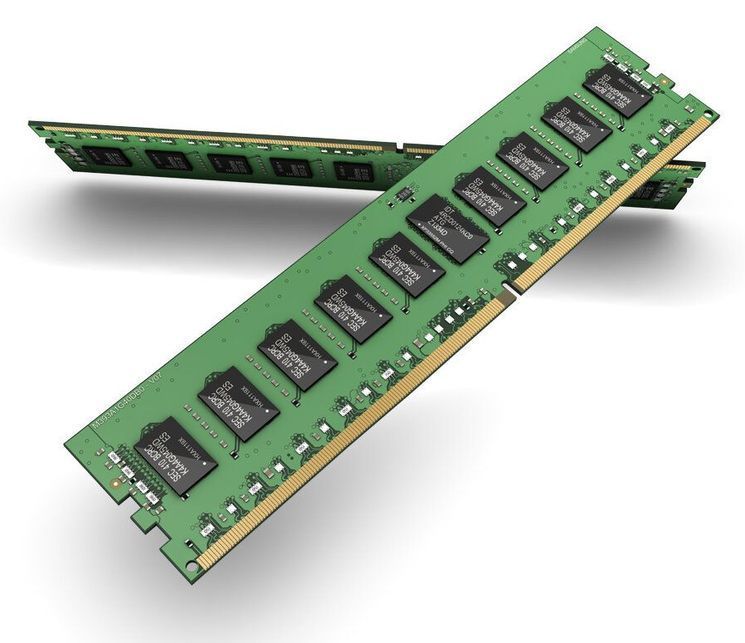Computer simulations help cosmologists unlock the mystery of how the universe evolved.


Sandia National Laboratories distinguished technical staff member Juan Elizondo-Decanini developed a new configuration for neutron generators by turning from conventional cylindrical tubes to the flat geometry of computer chips. The Neutristor is an ultra-compact, disposable, neutron generator 1000 times smaller than the closest competitor. The most practical application, and the most likely to be near-term, would be a tiny medical neutron source implanted close to a tumor that would allow cancer patients to receive a low neutron dose over a long period at home instead of having to be treated at a hospital. Elizondo-Decanini says the technology is ready to be licensed for some commercial applications, but other more complex commercial applications could take five to ten years.

Circa 2006
By Maggie Mckee
Nearly all of the information that falls into a black hole escapes back out, a controversial new study argues. The work suggests that black holes could one day be used as incredibly accurate quantum computers – if enormous theoretical and practical hurdles can first be overcome.
Black holes are thought to destroy anything that crosses a point of no return around them called an “event horizon”. But in the 1970s, Stephen Hawking used quantum mechanics to show black holes do emit radiation, which eventually evaporates them away completely.


Our body’s ability to detect disease, foreign material, and the location of food sources and toxins is all determined by a cocktail of chemicals that surround our cells, as well as our cells’ ability to ‘read’ these chemicals. Cells are highly sensitive. In fact, our immune system can be triggered by the presence of just one foreign molecule or ion. Yet researchers don’t know how cells achieve this level of sensitivity.
Now, scientists at the Biological Physics Theory Unit at Okinawa Institute of Science and Technology Graduate University (OIST) and collaborators at City University of New York have created a simple model that is providing some answers. They have used this model to determine which techniques a cell might employ to increase its sensitivity in different circumstances, shedding light on how the biochemical networks in our bodies operate.
“This model takes a complex biological system and abstracts it into a simple, understandable mathematical framework,” said Dr. Vudtiwat Ngampruetikorn, former postdoctoral researcher at OIST and the first author of the research paper, which was published in Nature Communications. “We can use it to tease apart how cells might choose to spend their energy budget, depending on the world around them and other cells they might be talking to.”
By bringing a quantitative toolkit to this biological question, the scientists found that they had a different perspective to the biologists. “The two disciplines are complimentary to one another,” said Professor Greg Stephens, who runs the unit. “Biologists tend to focus on one area and delve deeply into the details, whereas physicists simplify and look for patterns across entire systems. It’s important that we work closely together to make sure that our quantitative models aren’t too abstract and include the important details.”
On their computers, the scientists created the model that represented a cell. The cell had two sensors (or information processing units), which responded to the environment outside the cell. The sensors could either be bound to a molecule or ion from the outside, or unbound. When the number of molecules or ions in chemical cocktail outside the cell changed, the sensors would respond and, depending on these changes, either bind to a new molecule or ion, or unbind. This allowed the cell to gain information about the outside world and thus allowed the scientists to measure what could impact its sensitivity.
“Once we had the model, we could test all sorts of questions,” said Dr. Ngampruetikorn, “For example, is the cell more sensitive if we allow it to consume more energy? Or if we allow the two sensors to cooperate? How does the cell’s prior experiences influence its sensitivity?”
The scientists looked at whether allowing the cell to consume energy and allowing the two sensors to interact helped the cell achieve a higher level of sensitivity. They also decided to vary two other components to see if this had an impact—the level of noise, which refers to the amount of uncertainty or unnecessary information in the chemical cocktail, and the signal prior, which refers to the cell’s acquired knowledge, gained from past experiences.

Samsung Electronics today announced it will be introducing the first DRAM memory modules in the industry designed with cutting-edge Extreme Ultraviolet Technology (EUV).
One of the world’s leading memory manufacturers, Samsung says that response to a million evaluation units of its first line of 10nm-class DDR4 DRAM modules has been positive and that it will soon begin processing orders for worldwide distribution.
EUV technology allows memory modules to be manufactured more accurately and more quickly. It speeds up the lithography process by reducing the number of repetitive steps and facilitates the production of complex chip patterns. It means greater performance accuracy and a shortened development time.


What is interaction, and when does it occur? Intuition suggests that the necessary condition for the interaction of independently created particles is their direct touch or contact through physical force carriers. In quantum mechanics, the result of the interaction is entanglement—the appearance of non-classical correlations in the system. It seems that quantum theory allows entanglement of independent particles without any contact. The fundamental identity of particles of the same kind is responsible for this phenomenon.
Quantum mechanics is currently the best and most accurate theory used by physicists to describe the world around us. Its characteristic feature, however, is the abstract mathematical language of quantum mechanics, notoriously leading to serious interpretational problems. The view of reality proposed by this theory is still a subject of scientific dispute that, over time, is only becoming hotter and more interesting. New research motivation and intriguing questions are brought forth by a fresh perspective resulting from the standpoint of quantum information and the enormous progress of experimental techniques. These allow verification of the conclusions drawn from subtle thought experiments directly related to the problem of interpretation. Moreover, researchers are now making enormous progress in the field of quantum communication and quantum computer technology, which significantly draws on non-classical resources offered by quantum mechanics.
Pawel Blasiak from the Institute of Nuclear Physics of the Polish Academy of Sciences in Krakow and Marcin Markiewicz from the University of Gdansk focus on analyzing widely accepted paradigms and theoretical concepts regarding the basics and interpretation of quantum mechanics. The researchers are trying to determine to what extent the intuitions used to describe quantum mechanical processes are justified in a realistic view of the world. For this purpose, they try to clarify specific theoretical ideas, often functioning in the form of vague intuitions, using the language of mathematics. This approach often results in the appearance of inspiring paradoxes. Of course, the more basic the concept to which a given paradox relates, the better, because it opens up new doors to deeper understanding a given problem.

Ever wonder what’s under the hood of your favorite electronic device? The transistor is the engine that powers every Intel processor. To build a modern computer chip, our engineers place billions of these tiny switches into an area no larger than a fingernail. It’s one of mankind’s most complex feats, and it’s happening every day across Intel’s global network of chip manufacturing facilities. Check out this video to learn more about how we turn sand into the silicon chips that power the world.
Subscribe now to Intel on YouTube: http://bit.ly/1BZDtpf
About Intel:
Intel, the world leader in silicon innovation, develops technologies, products and initiatives to continually advance how people work and live. Founded in 1968 to build semiconductor memory products, Intel introduced the world’s first microprocessor in 1971. This decade, our mission is to create and extend computing technology to connect and enrich the lives of every person on earth.
Connect with Intel:
Visit Intel WEBSITE: http://intel.ly/1WXmVMe
Like Intel on FACEBOOK: http://intel.ly/1wrbYGi
Follow Intel on TWITTER: http://intel.ly/1wrbXC8
Follow Intel on INSTAGRAM: http://bit.ly/1OJuPTg
From Sand to Silicon: The Making of a Microchip | Intel
https://www.youtube.com/user/channelintel